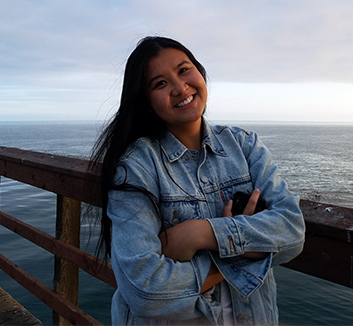What’s in a Name: Cultural Naming Practices Around the World
Mentor: Madeleine Sorapure
Proposed Project
All over the world the naming of a child for most parents, is not something that is taken lightly. For expecting parents living places outside of their homeland, they might see the naming of a child as an opportunity to connect their child to their heritage. In doing this, parents inadvertently set off a chain reaction in that child’s formation of their cultural identity. A person’s cultural identity is their sense of self in relation to a particular group. Additionally, the Cultural Identity Theory (Collier and Thomas 1988) asserts that a person’s cultural identity is one of the main identities expressed when people interact with each other. This project will specifically examine the way a person’s cultural identity is communicated through their name. I hope to examine different naming practices around the world and to learn the different ways cultural identity is shaped as a result of those naming practices. Do more specific naming traditions result in a stronger connection to culture? How are cultural values reflected in naming traditions? In what ways is our identity shaped by forces completely out of our control? I will use naming practices as a lens into the cultures that they stem from to come to conclusions about the subtle ways people lay claim to their cultural identity when outside their home country. I will interview immigrants on how their name was chosen, and the ways that they feel their name has impacted their sense of connection to their country of origin. I will supplement these interviews with data driven analysis of existing data bases of names. I will present this in the form of a long form data journalism piece including audio, graphics, and video when appropriate.
Final Project
This project uses the names that ethnic minorities in the United States choose for their children as a lens into larger trends of immigration and acculturation. I analyze these themes through interviews and secondary research as well as accompanying data visualizations.
Visit the website I made for this project.

